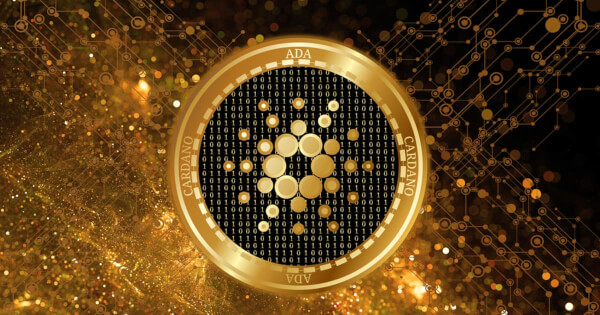Cardano’s Project Catalyst: Building a Decentralized Financial System to Remove "Top-Down" Governance
Sarah Tran Aug 06, 2020 09:13
In order to fulfill the final components for Cardano’s Voltaire, including its evolution into a self-sustainable blockchain, IOHK introduced a new experimental treasury system combining proposal and voting procedures — Project Catalyst.

Following Cardano’s Shelley hard fork and upgrade last week, Cardano has continued its streak of decentralized improvements to the network.

Cardano’s Shelley was successfully forked on July 29, and since its upgrade from Byron, just over a week, 800 stake pools have registered on the network. The Shelley era enables Cardano to take a step further to allow the network to become more decentralized and autonomous. Although the hard fork was a success, there are still many more projects to come, according to IOHK.
IOHK, the blockchain engineering company behind Cardano, mentioned that the coronavirus pandemic has exposed weaknesses in our current economy and that everyone should consider collaborating in times of international crises. IOHK also highlighted the disadvantages of solving challenges in a centralized manner:
“In that governance model, power, authority, and control were decided and exercised at management level. This could be a chief executive, a president, or even a dictator determining the ‘best’ course of action. In this centralized system, once a decision is made, it becomes the law of the land, and new behaviors are enforced.”
IOHK further explained that with a centralized governance model, there would be limited knowledge, expertise, and understanding of a single individual or a boy of actors, leading to an inflexible response to deal with emerging problems.
Voltaire and Project Catalyst
Cardano’s final and last phase, Voltaire, aims to allow the network to explore utilities, concepts, and experiments on how the network will agree on a “fair” and productive way for Cardano’s ADA holders. Voltaire enables the Cardano community to decide of software updates, technical improvements, and project funding.
In order to fulfill the final components for Cardano’s Voltaire, including its evolution into a self-sustainable blockchain, IOHK introduced a new experimental treasury system combining proposal and voting procedures — Project Catalyst. A treasury system would enable a continuous source of funding to develop the Cardano blockchain. Decentralized software updates would guarantee the process is decentralized and will have open participation for fair voting on system updates.
IOHK elaborated that the Project Catalyst would focus on making the treasury stem a reality while sustaining the Cardano community’s democratic culture. IOHK’s blog post said:
“This goal will be achieved by a combination of research, social experiments, and community consent. Catalyst enables the community to make proposals, vote on them, and fund them according to their feasibility, auditability and impact.”
IOHK proposed a ballot submission system where the Cardano community will be able to propose improvements. After the ballots are submitted, the community would be able to vote and decide on which proposals will move forward.
Not only will Project Catalyst promote technological advancements, but it would also enable the community to learn the skills of collaboration, making good decisions, and generating valuable proposals.
Cardano’s Project Catalyst will ensure the funds are used well, and to enable innovation in the decentralized network. IOHK concluded that the company is building a decentralized financial system, to address the world’s needs — starting with Voltaire.
Image source: Shutterstock
.jpg)